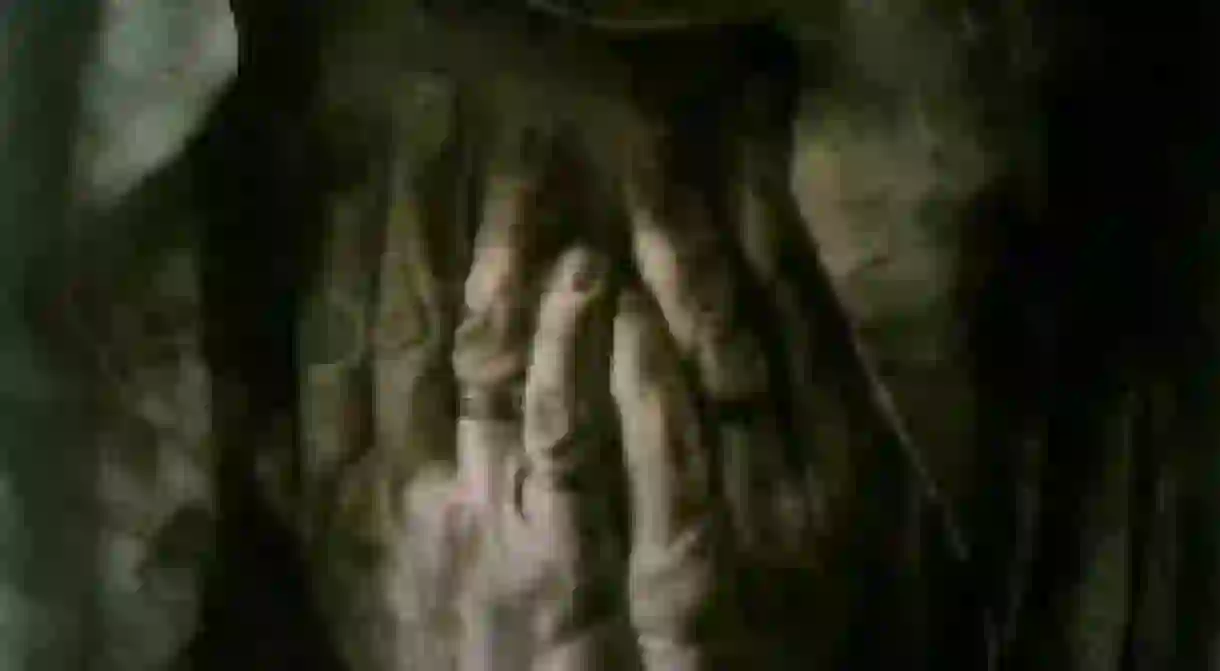Haunted by War: The Art of Safet Zec

Influenced from his own experiences of war from Bosnia and Venice, Safet Zec creates haunting and disturbing paintings that reflect those experiences. Culture Trip explores his works and their expression of history and trauma, analysing them in depth.

Safet Zec was born on December 5 1943, the youngest of eight children in the town of Rogatica in, what is now, Bosnia-Herzegovina. Zec displayed a penchant for painting from an early age and was considered a prodigy by many in the art world in, what was then, Yugoslavia. He graduated from an arts high school in Sarajevo before studying at the academy of fine arts in Belgrade where he attained both an undergraduate and postgraduate degree in painting. It is during this time that he also met and married his wife, Ivana.
Safet Zec lived and worked in Belgrade after graduating until 1989 when he returned to Bosnia to live in Sarajevo. When the Bosnian war broke out in 1992 Zec moved to Udine, Italy before finally settling in Venice where he lives and works today. When fleeing Sarajevo, Zec left most of his paintings behind so once he was settled in Italy he had to begin recreating his entire body of work. This experience marked both his life and career, as the theme of conflict become more prevalent in his painting, as did images of Venice which became both a shelter and an artistic inspiration.
From the mid-1970s onwards Safet Zec has exhibited in countless galleries around the world. He became well known and respected for his unique style and form that drew heavily from the Poetic Realism art movement. Many of his paintings have a sepia-toned dream-like quality. They embody a stark depiction of reality that seems to be filtered through the lens of history and trauma. His depictions of humanity are arresting and troubling, but the love and care he takes in crafting such haunting works gives his paintings a layer of elegance one does not often find in works inspired by war.
Zec is also known for his painting of windows, and when questioned about this fixation Zec said: ‘The house where I grew up in Sarajevo was opposite to a big house with a large facade and many windows. I’ve been fascinated by them ever since. Painting windows is like painting a portrait for me. They are like people, they change their aspect as the day and night passes. They’re ever-present in our lives’. Zec’s fixation with windows also evokes the uniquely perceptive quality of his paintings; their ability to reflect essential elements of our humanity. For one only has to look at Zec’s work to know that he sees reality in a rather unique way. His paintings: haunted as they are by the spectre of war and exile, draw the essences from souls and inscribe them masterfully in oils and inks.













